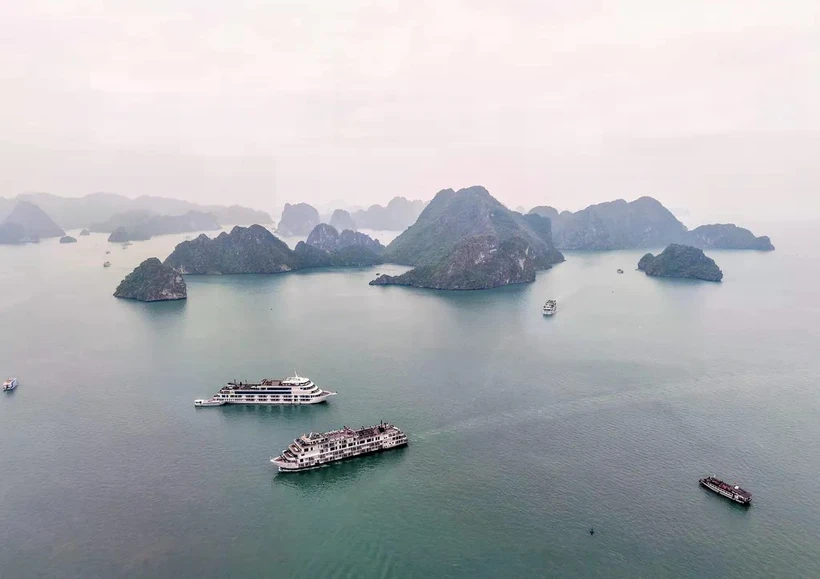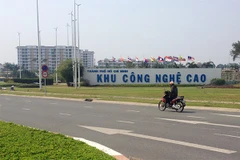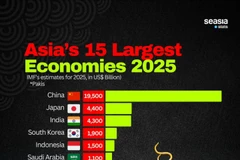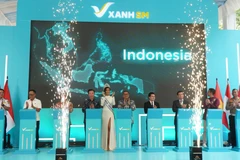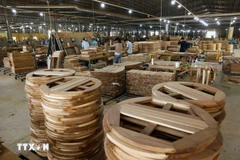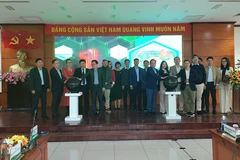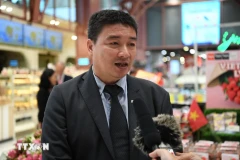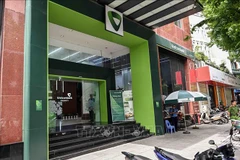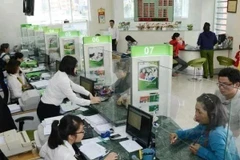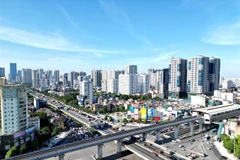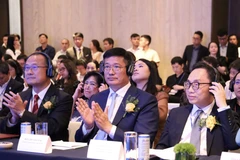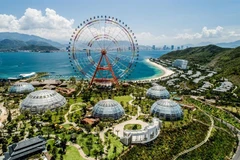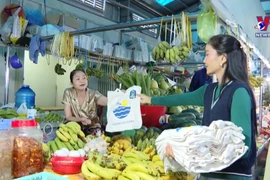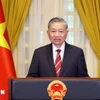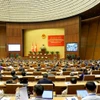HCM City (VNS/VNA) - Domestic travel remains a key driver of tourism recovery in Vietnam.
A significant 49% of travellers prefer exploring domestic destinations, while 31% prefer to travel abroad.
This information was released by Traveloka, Southeast Asia’s leading travel platform, in partnership with YouGov, in its latest study: 'Travel Redefined: Understanding and Catering to the Diverse Needs of APAC Travellers'.
Drawing on insights from nearly 12,000 respondents across nine countries, including more than 1,000 respondents from Vietnam, the study sheds light on evolving travel habits and preferences that are shaping the Asia-Pacific (APAC) tourism landscape and provides insights to anticipate trends and create meaningful traveller experiences for 2025 and beyond.
“APAC is bursting with opportunities, but its diversity demands creativity and nuance. Understanding the unique needs of this diverse market is critical for travel providers seeking to thrive in this dynamic travel landscape. Success lies in weaving these insights into innovative strategies - bringing travellers closer to the experiences they seek,” said Caesar Indra, President of Traveloka.
In Vietnam, the study revealed that Vietnamese travellers show a preference for relaxation and rejuvenation travel, closely aligning with the APAC average of 26%. For example, travellers in Vietnam displayed a strong preference for beaches, with a selection rate of 59%, higher than the 56% rate for APAC, reflecting distinct priorities and motivations that shape their travel decisions.
Price sensitivity is a key factor for many tourists across APAC, with nearly half of travellers in markets like Singapore, Australia, Japan, Malaysia and Indonesia prioritising cost above all other considerations when booking accommodations.
In Vietnam, however, only 37% of travellers share this focus. Tourists from Vietnam, along with those from the Republic of Korea and India, also value price but tend to consider other factors like room comfort and amenities when making their decisions.
When it comes to digital tools for travel planning, 35% of Vietnamese tourists surveyed reported using travel platforms, reflecting their growing trust in platforms like Traveloka, which simplifies the booking process and provides flexible options.
Cash remains the most popular payment method among Vietnamese tourists for trips, with more than half (58%) using cash. Credit/debit cards (53%) and payment apps like VNPAY and Momo (48%) are the next most common choices.
When asked what factors would encourage them to visit a destination not typically on their list, more than half (53%) of Vietnamese tourists cited social media as a key source for discovering new travel information. Additionally, 40% of Vietnamese respondents mentioned that recommendations from family and friends also played a significant role in their decision-making process.
Finally, sustainability is increasingly shaping choices, with 89% of Vietnamese travellers factoring it into their decisions. This exceeds the regional average of 80%, opening clear opportunities for tourism providers in Vietnam to gain traction in the market by offering environmentally friendly tourism experiences./.
